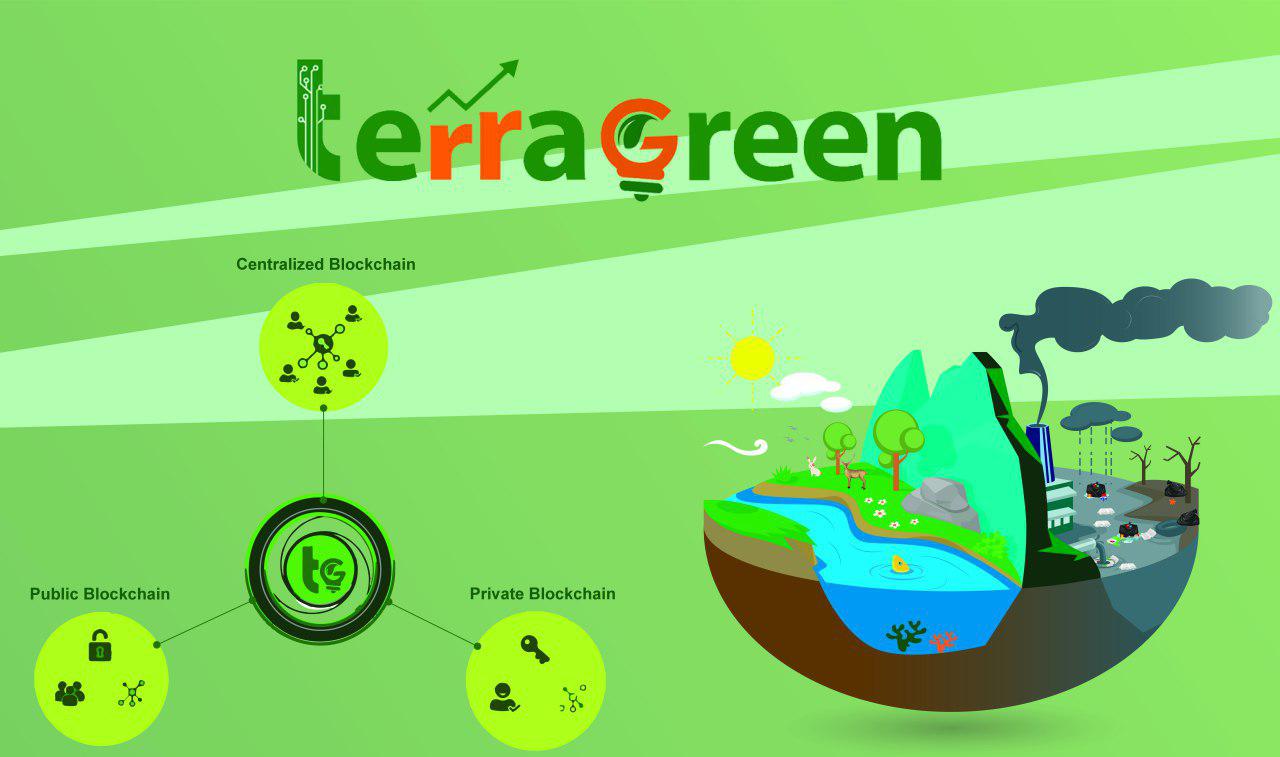Since 2009, when Bitcoin gave the world cryptocurrency, it also offered hope for those who wanted the legitimate distribution of power. Notably, for those who have been looking for solutions in the energy sector. In 2018, the developments were staggering on the renewable energy front.
Sustainability has been the biggest unfulfilled need of the hour since time immemorial and blockchain has made it possible to meet the expectations to a certain extent. While machines and human resources continuously toil away to reach for a long-term permanent goal, some of the challenges have been tackled in 2018. Read on to find more about the challenges that have been overcome in the renewable energy sector this year.
Consolidated Platform Addressing All Spheres Of Energy Management
Energy management, like every other sector, consists of various components: energy product, supply chain management, process route optimization, maintenance schedules, optimization and distribution of production to name a few.
The blockchain SHA 384 protocol makes it easier to collect a vast amount of data and improve decision making based on the available data. When the protocol is paired with an ecosystem that supports the technology, it addresses multiple issues at once. Not to forget, the integration of all parameters in a single platform is one of the first few steps to improved decision making.
Making Efficiency Profitable
The primary reason humanity has struggled to build efficiency and sustainability profitable is that the revenue generation has been considered of paramount importance. Slowly, but steadily, the transformation of understanding the value of the assets is driving us towards making efficiency profitable. Blockchain technology is recording all transactions of virtual importance, making them traceable and incorruptible. With an open platform that does not perform as a relational database, forecasting becomes accurate and thereby profitable.
Building Efficiency with Deep Learning
Renewable energy production plants have huge infrastructural premises, hundreds of reactors with sophisticated ceramic filter candles, sensors generating thousands of chemical reactions. Multiple parameters influence each such response. With the availability of such vast amounts of data, it becomes easier to apply the permutations and combinations of factors that can be leveraged to build on the existing practices.
Eventually, it helps in eliminating steps in the process of energy production that are hampering efficiency. The targeted approach is because of deep learning which in essence of time improves and might altogether eliminate the time consumed in identifying pain points leading to faster decisions that yield results immediately.
Predictive Analytics and Biomass Feedback Availability
With a system that continues to grow and improve over time, predictive analytics and satellite data analysis allows the forecasting of biomass feedback availability. The results are insights into operating at maximum potential without making massive infrastructural upgrades.
This cuts down on the operations costs and allows the plant owners to increase efficiency and productivity to meet the demands well with a steady mindset and minimal unexpected circumstances. Making the solution economical breaks barriers and reduces the timelines for achieving the end goal.
If there is one thing that innovation currently thrives on, it has to be data. Over time, the need to track, leverage and decode this data has done wonders, more so in our struggle to achieve sustainable renewable energy.
Perhaps, the next step that we are inching towards is cross-device communication that facilitates transactions without hampering the operations. The strategic placement of blockchain in the clean energy economy that was once a flickering light at the end of the tunnel is now emerging as a force to be reckoned with.


